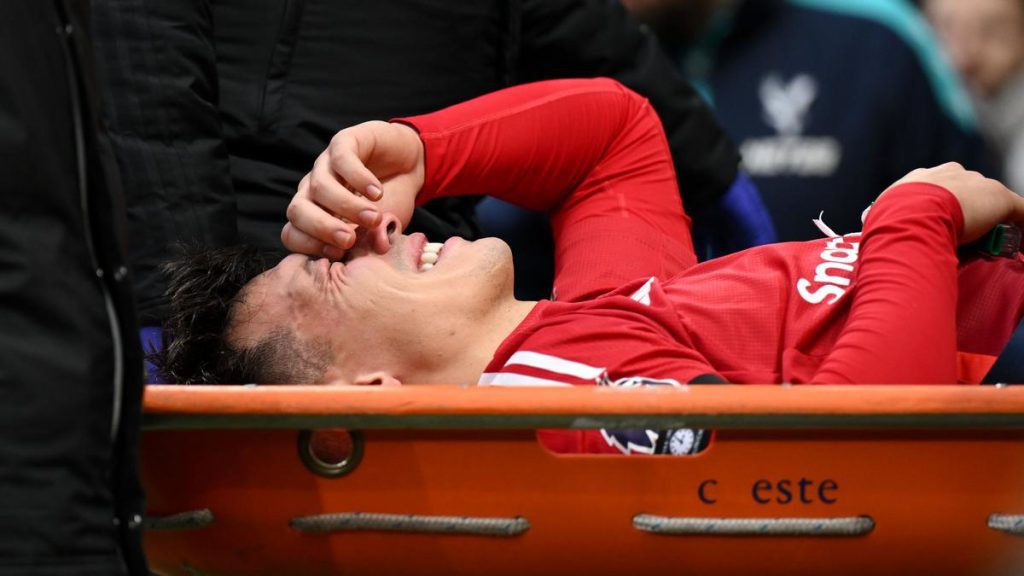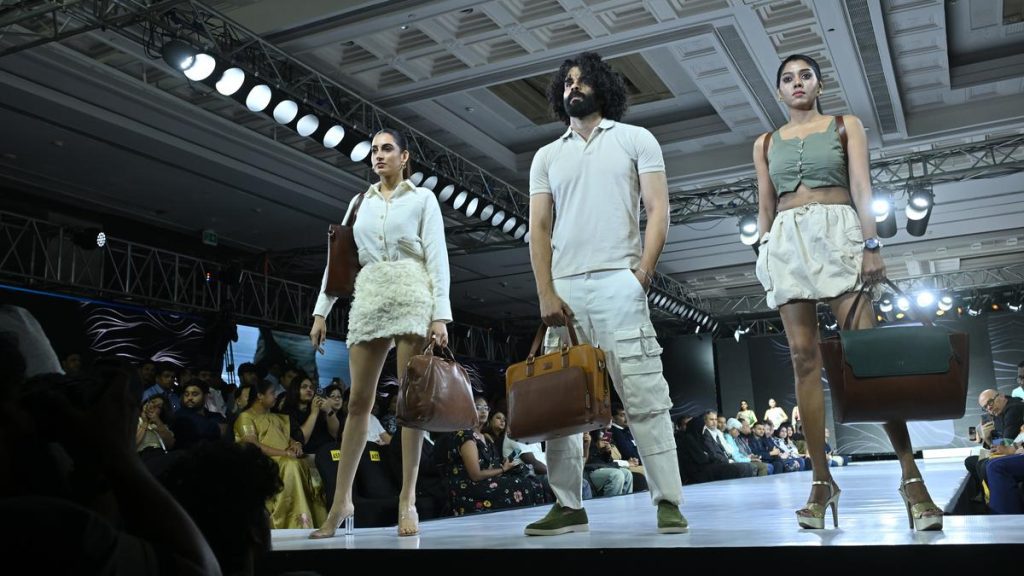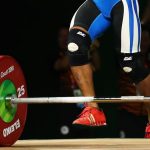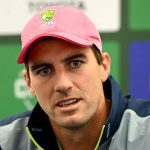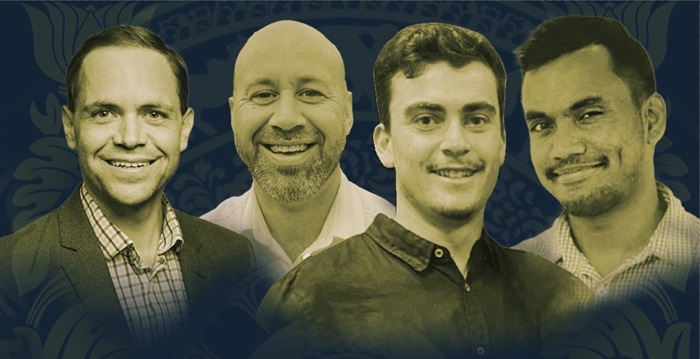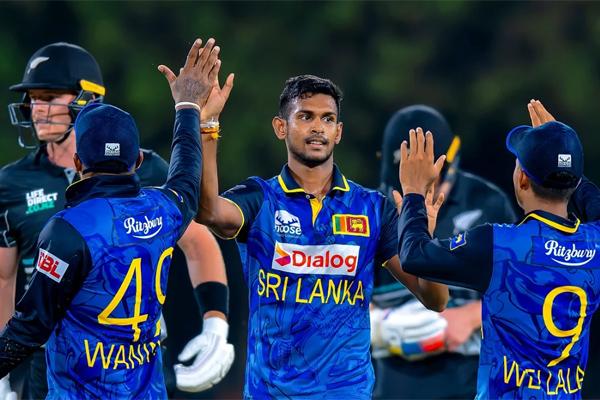Sreeshankar targets World Championships comeback after ‘a potential career-ending injury’


Sreeshankar targets World Championships comeback after ‘a potential career-ending injury’
Just months before the Paris Summer Games, an injury derailed Indian long jumper Murali Sreeshankar’s 15-year-old dream of competing at the Olympics. A rupture to his patellar tendon meant Sreeshankar needed major surgery. The 25-year-old got the procedure done in Doha, Qatar and is now making his way back to training, with his sights set on the World Championships in Tokyo later this year.
Sportstar caught up with the jumper on his recovery, the emotional impact of missing the Olympics, his training routine and more. Excerpts:
A: The knee is absolutely fine now. I’ve already completed my rehabilitation schedule. I started my sports-specific training last month. Things are progressing quite well.
I had a patellar tendon rupture. It’s commonly called ‘jumper’s knee.’ I ruptured my patellar tendon completely, so I had to undergo major knee surgery. It was definitely a potential career-ending injury, to be honest, because the patellar tendon is my bread and butter. The initial days after surgery were quite tough. My leg was completely immobilised, and I was unable to move around without crutches or support. However, I made sure that rehab and recovery protocols were planned and charted out diligently in consultation with experts at Aspetar Hospital in Qatar. Rehabilitation was initially taken care of by the Inspire Institute of Sports under my physio, Dr. Priyam Singh and the sports science team headed by Dr. Samuel A. Pullinger. For a brief four-week period, I then did my rehab at Aspetar Hospital.
It was a bit tough for me because this injury is a little uncommon. Most knee injuries we see are ligament-related, but this one was tendon-related which was then subjected to a surgical procedure. There wasn’t much literature available. So the rehab protocols and everything about my recovery had to be charted according to how my body responded to training. I started my sports-specific routines almost eight months ago and things are going smoothly.
I won’t go into the technical aspects of the injury, but jumper’s knee is usually caused by overload issues. If the knee is subjected to excessive load and an insufficient recovery period, the tendon undertakes more load, leading to a tear. Therefore, managing the load properly, allowing for sufficient recovery, and following proper rehab protocols are crucial to maintaining knee health for a longer period.
This journey has been quite taxing mentally and physically, but I had good support from some nice people around me. I was working with my sports psychologist and physio, who were on their toes throughout my rehabilitation. I also received good support from my friends and family to ensure that I got back on track as early as possible. Additionally, a few other friends were going through similar situations, and we motivated and helped each other out. At IIS, there’s a good atmosphere. All the athletes support themselves and each other. The training is also fun, and the rehab protocols are enjoyable. We make sure to improve one per cent every single day to get back in shape. I didn’t feel like I’d missed out on something big, as I had a good number of people to support and motivate me.
Physical pain was nothing compared to the mental strain involved, because at that time, I was still digesting the fact that I was going to miss the Olympics. At the same time, I didn’t let my emotions overtake me. While I was preparing for my surgery, we had already started planning the rehab and everything that came next. Right after surgery, we mapped out what lay ahead of us for the next six to eight months. We drew a route map and guidelines to be followed, so once those phases were achieved, we would be right back in place.
It didn’t get disturbed, if anything, it got more rigorous because I had rehab sessions three times a day after my injury. I had to walk down from my hostel room to the High Performance Centre, which took me around 10 to 15 minutes as I was walking with crutches. I had to strengthen the other muscles around my knee which weren’t involved so that they remained fit and healthy. I worked on my upper body this time, as my lower body was immobilised. Every morning at 7am, I made sure to do my upper body training, which was right on track. I was following my regular athletes’ diet and training regimen. Since I wasn’t able to go out, I didn’t eat junk food or anything unhealthy. During this phase, I was building myself up to be a better version.
I was on commentary during the long jump event at the Olympic Games. I was watching the event and providing insights. It was a bit of an unfortunate moment because this was the day I had been working towards my entire life. At the same time, I enjoyed the event. What’s in the past is in the past; we have to focus on what lies ahead. So, we’re already planning for the next LA 2028 Olympics, where I’m hopeful that I’ll achieve what I missed out on in Paris.
Obviously, I used to eat junk food a lot…sugar, and everything before. During my recovery phase, I wasn’t able to move from one place to another. I had cravings, but I wasn’t able to indulge in them. The recovery process was a very diligent one and it demanded discipline. I had to ensure that my body was clean and healthy so that it responded well to training. My body is quite resilient because I take care of it properly. When it came to a situation where my body had to recover from a bad injury, it responded positively because it was healthy. That’s why I was able to recover in 10 percent of the time the doctors and everyone predicted. I personally feel that once you’re an elite-level athlete, a disciplined lifestyle has to be maintained.
He wasn’t there with me throughout the process, and he regretted not being able to be there. He was watching me get one per cent better every day – from using crutches, to walking with one crutch, to walking without any crutches, and then slowly walking fast, easy jogging, running, and sprinting. All those trivial things we neglect every day…I started finding success in those small things, and that was also making him very happy. We motivated each other every single day to get back in better shape and hopefully by next month, (I can start) jumping again, and then it’s a win-win situation for both of us.
I’m expecting to make a comeback by June or July hopefully and my immediate goal is the World Championships. I’m not expecting anything big in terms of results; I just want to be part of the Indian contingent as it will set the tone for the 2026 Commonwealth Games and Asian Games as well.



